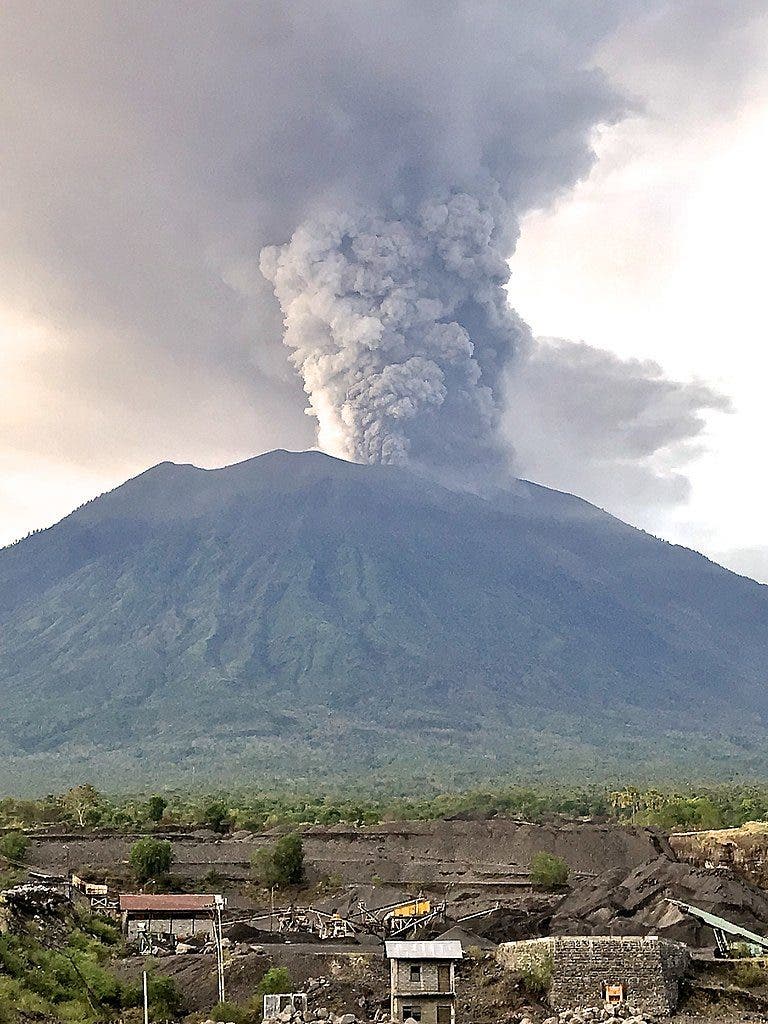The fiery Mount Agung started erupting on November 21. Yet, despite the impressive amount of lava, rock, and gas that it has already ejected, things can still get much worse.
Scientists have been expecting an eruption from Mount Agung for quite a while, especially as local tremors started becoming more and more frequent since September. For months, magma had been gathering up inside the volcano, sending warnings which geologists picked up and then passed on to the local authorities and population. Up to 100,000 people have been ordered to evacuate the area before the eruption. Now, plumes as tall as 3 kilometers (2 miles) above the volcano have been reported and the Pacific Disaster Center estimates that over 5 million people have been affected. However, it’s hard to say if the worst has passed or if the volcano will get even stronger.
“Lava is coming out of the volcano, there’s definitely enough to cause trouble. This can get much worse, you can’t outrun this,” volcanologist Dr Janine Krippner told news.com.au.
Mount Agung is a stratovolcano, the tallest point in Bali. A well-known active volcano, it’s closely monitored year-round. However, once an eruption actually starts, the volcano can only be remotely studied.
On November 27, the Indonesian authorities raised the alert to Level 4 (Awas, or Warning) — the highest official warning level. All people are urged to stay as far away from the mountain as possible. More than 400 flights have been canceled.
However, not all people are evacuating, especially as most people depend on cattle for their livelihood, and it’s very difficult to evacuate the cattle. Mount Agung is also a spiritual place for the Balinese, prompting a few priests to dangerously venture within the exclusion zone.
When Mount Agung erupted in 1963, it killed 1100 people, with clouds of searing hot ash, gases and rock fragments spreading several kilometers away from the summit. There are fears that the same could happen now.
If the Mount Agung eruption grows in intensity, the impact could spread beyond Bali and even Indonesia — the entire planet could be affected. Last time the volcano erupted, it caused a 0.1 to 0.2 of a degree Celsius drop in the global temperature. Large eruptions eject ash particles and sulfur-rich gases into the troposphere and stratosphere. These particles circle the globe and block some of the sunlight from reaching our planet, temporarily decreasing temperatures.










